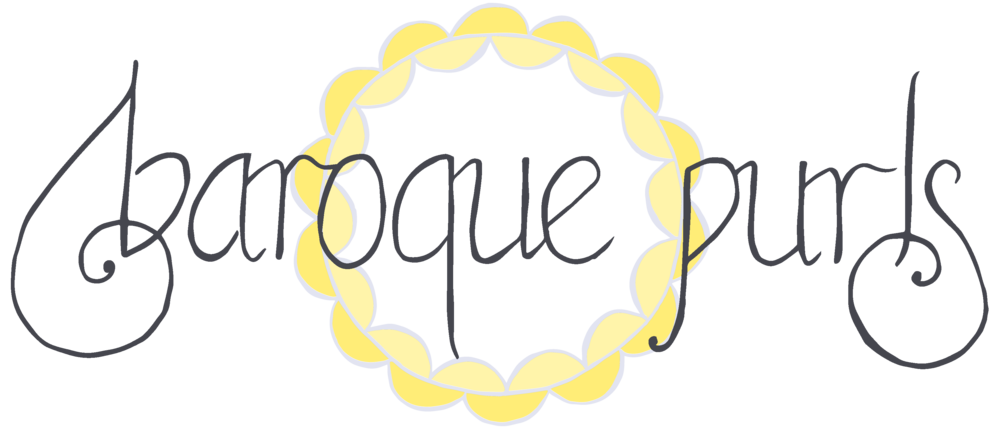 |
| (Photo by Dad aka Jos) |
On the way back from Napier, Dad and I collected some
Old man's beard or
Tree Moss lichen (possibly
Usnea arida) from the roadside, so I could use it for dyeing yarn. The old fallen pine branches were practically dripping with lichen, so I couldn't resist grabbing a few handfuls...
 |
| (Also by Dad) |
I've dyed yarn with lichen before, using what I was able to scrape from Mum and Dad's birch trees. I like the fact that there's no need to use a mordant when dyeing with lichen (less hassle), and I like the earthy/salty/woody smell of the simmering dyepot. On my first attempt I got some lovely warm golden tones, which I used to make a Fibonacci-striped scarf:
 |
| My Baktus scarf, from September 2009 |
Unfortunately I wasn't able to track down the book I'd used as a guide last time, or the notes I'd taken, so my method this time around is probably a bit different! It's a more straightforward process than I used for last year's
eucalyptus experiment - I decided to 'cook' the lichen and dye the yarn at the same time, rather than making the dye liquid in advance.
What I did:
I started with 28g of lichen, and a 200g skein of undyed yarn ('Naked' Organic Merino 4ply from
Skeinz).
I used a big square of cheesecloth (thanks Mum) to make a lichen 'teabag' tied with string. I poured 8L of cold water into a big stockpot, threw in the 'teabag', and let it soak in the cold water for 1 hour.
Then I added the skein of yarn, let it soak for 20 minutes to make sure it was wet through, and turned on the heat.
I slowly (over the course of about an hour) heated the pot to a very low simmer. I kept the pot at that temperature for an hour and a half, giving the lichen 'teabag' the occasional prod and squeeze with a smooth-sanded stick (thanks Dad), and gently nudging the yarn to ensure a more even colour-distribution.
The yarn didn't seem to be changing colour any more, so I turned off the heat.
The colour was much lighter than I'd hoped - I think didn't use nearly enough lichen for this quantity of yarn! So Dad and I collected more lichen, this time from the birch and prunus trees in the garden. This batch weighed 77.7g (about three times as much as the first batch), and it looks like some of it might be a different variety.
I switched the old lichen in the 'teabag' for the new batch, and left it soaking in the old dyebath overnight (minus the yarn).
The next day I repeated the heating process, letting it simmer very gently for an hour. I let the pot cool completely before retrieving my yarn. I gently washed it with wool-wash, rinsed it again, squeezed it out, and hung it up to dry. The second round of dyeing left the yarn quite a bit darker, as I'd hoped! It has felted a
little bit after the abuse of being dyed twice - I must have been a bit too rough with it. It's still usable thank goodness, it was just a bit of a pain to wind into balls.
Not a bad result! I really like the semi-solid effect. I think it will make a very nice shawl or large cowl. :)











































